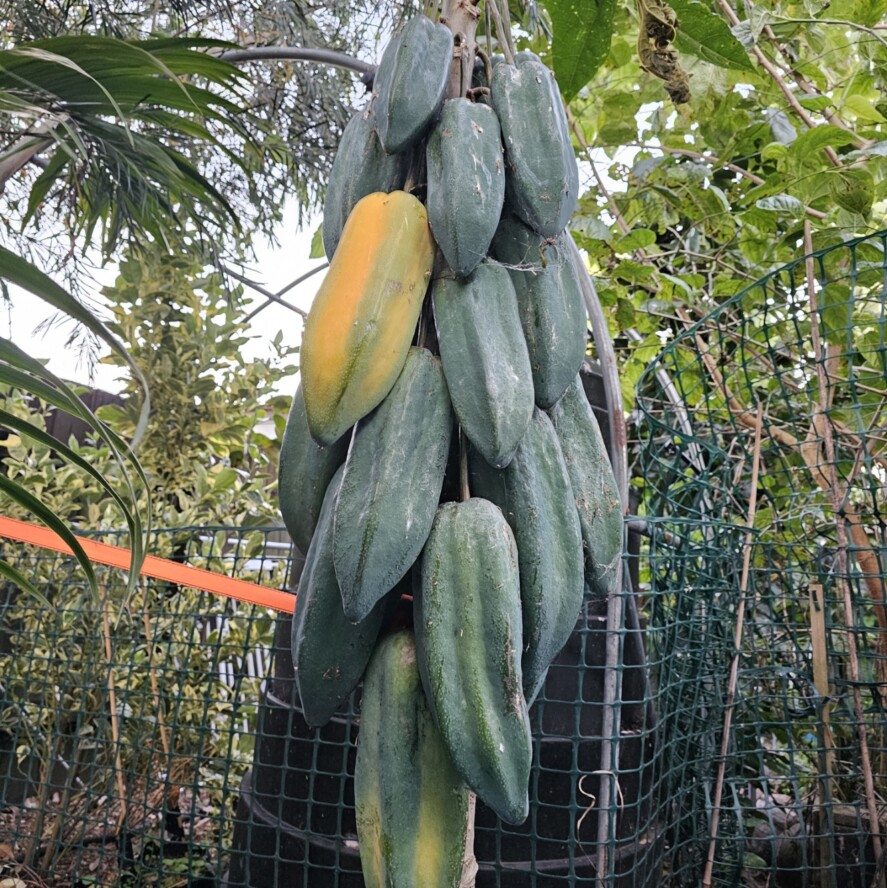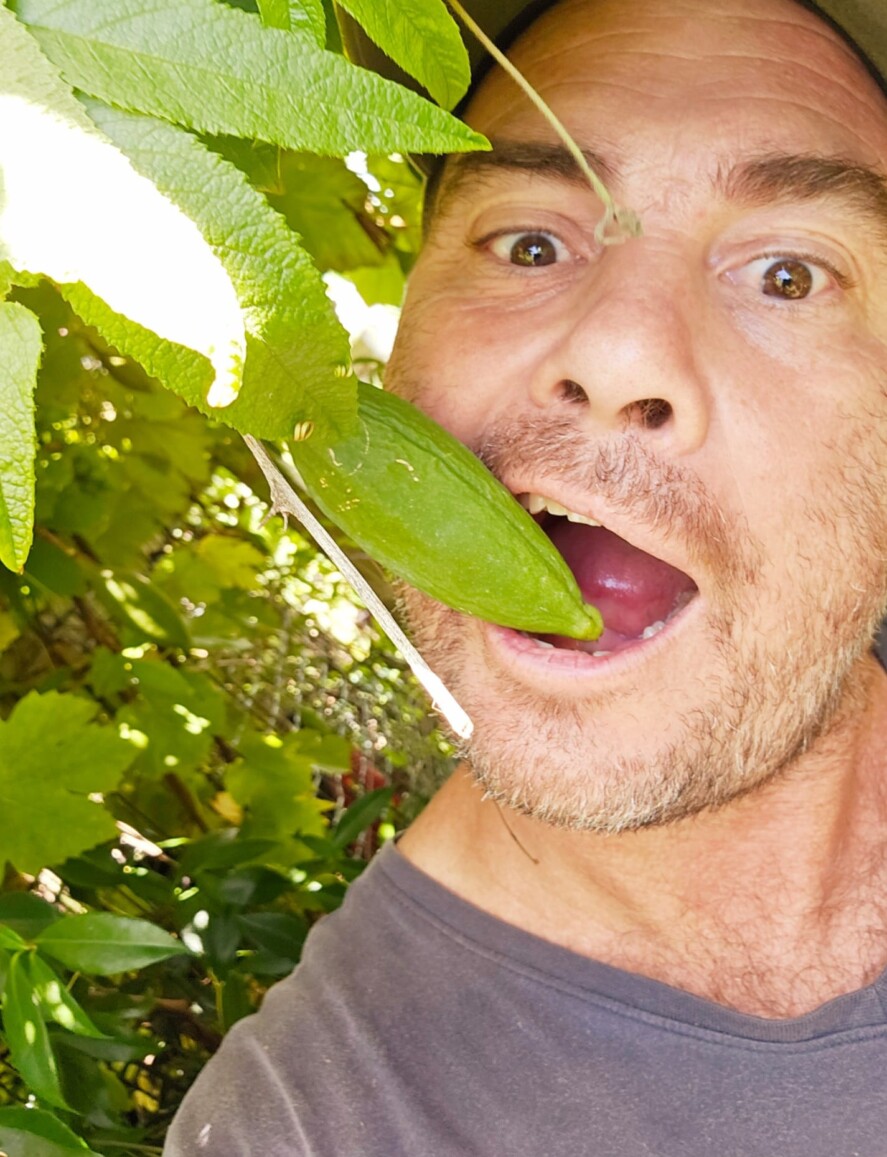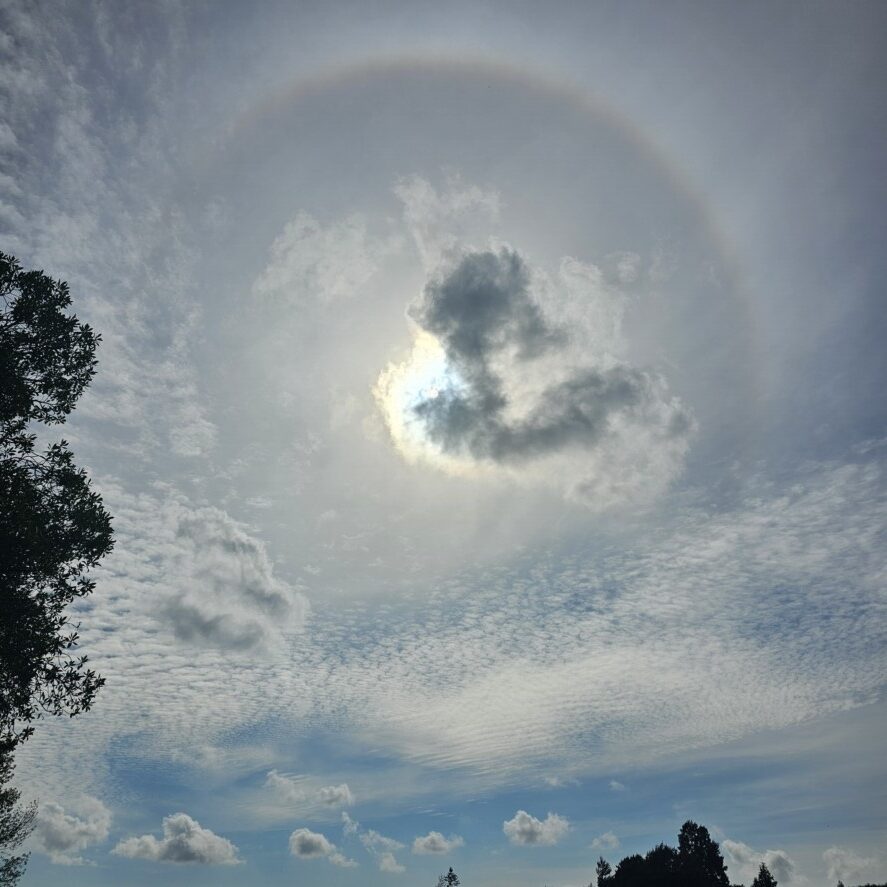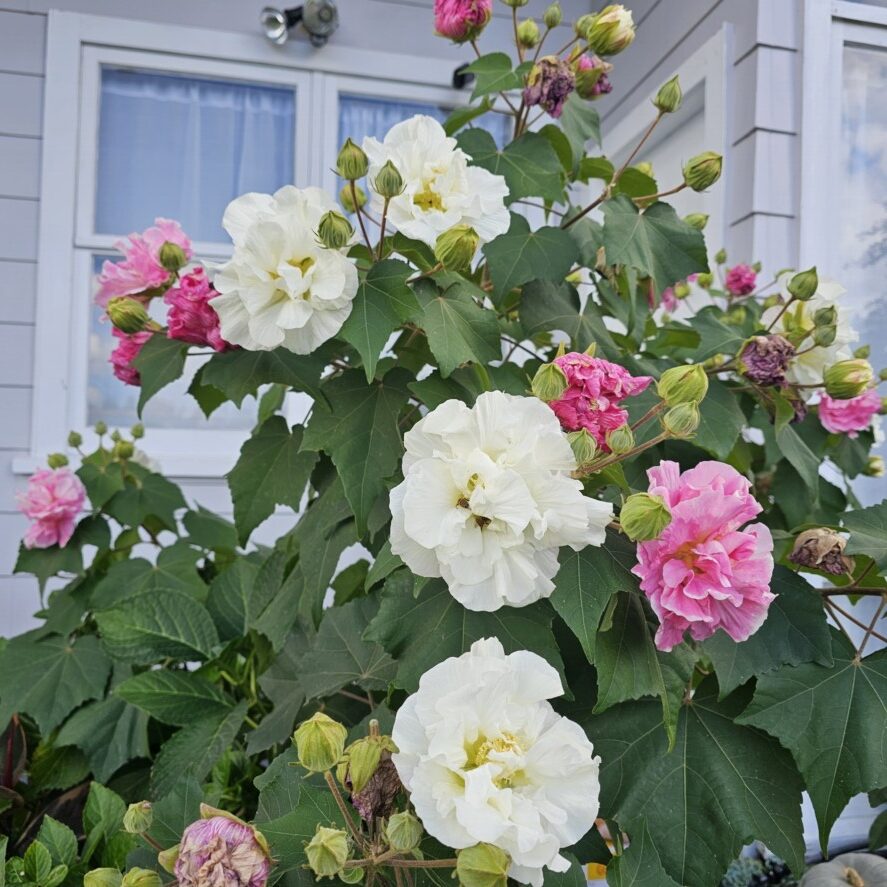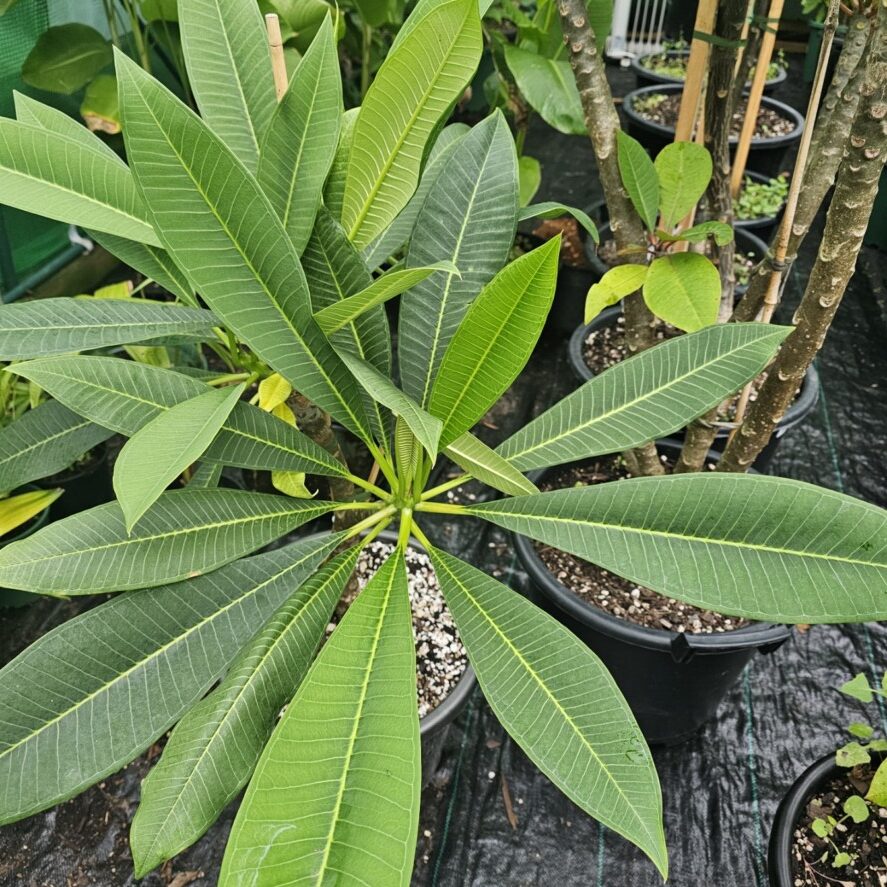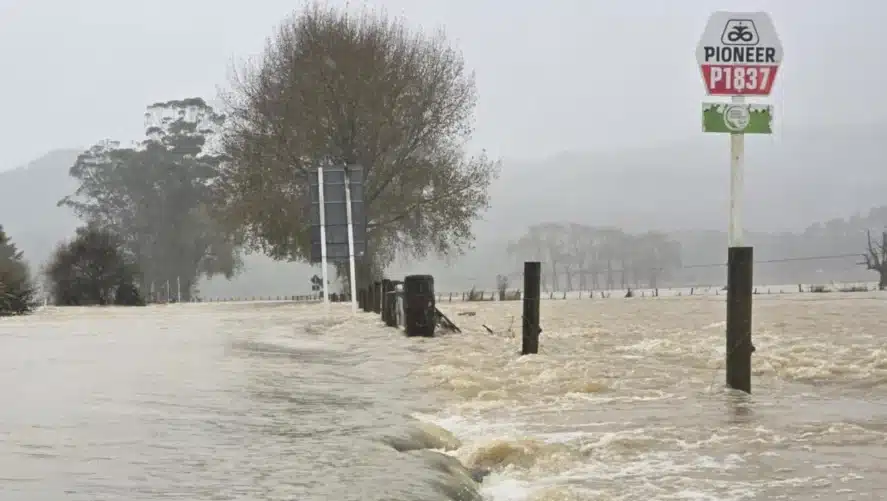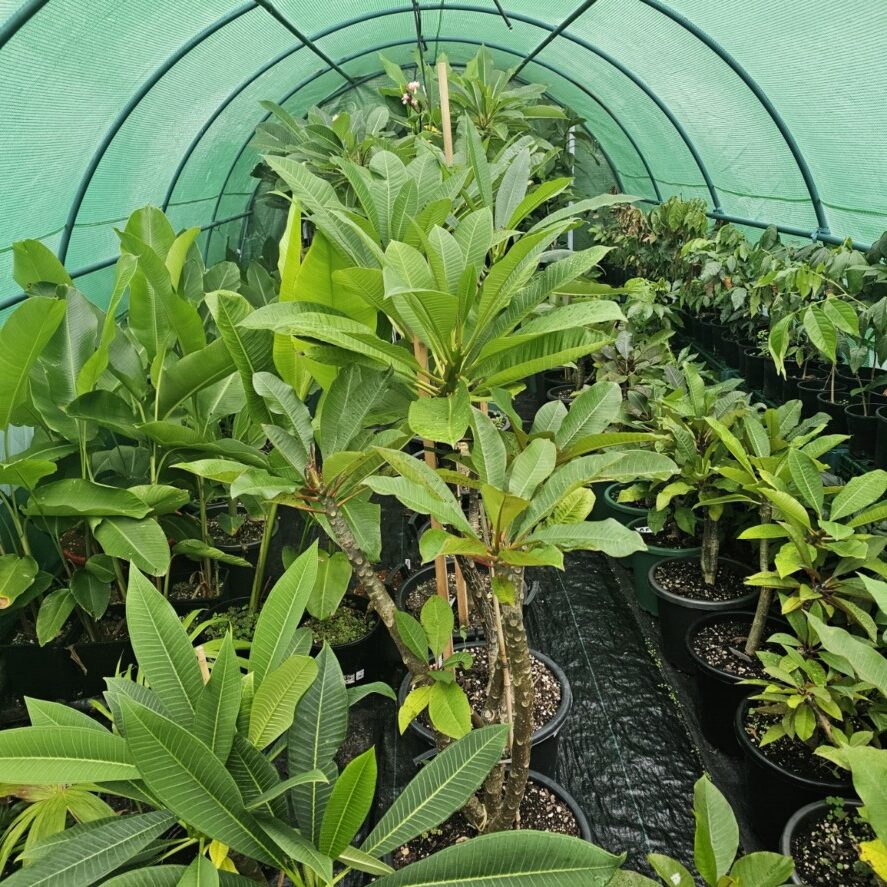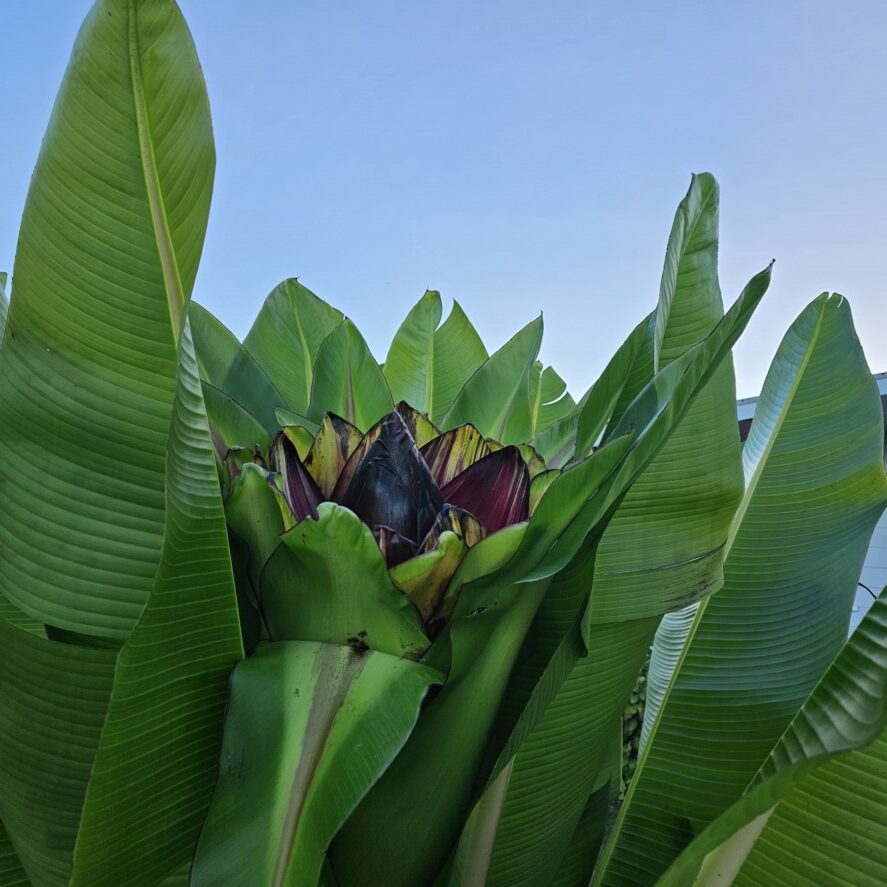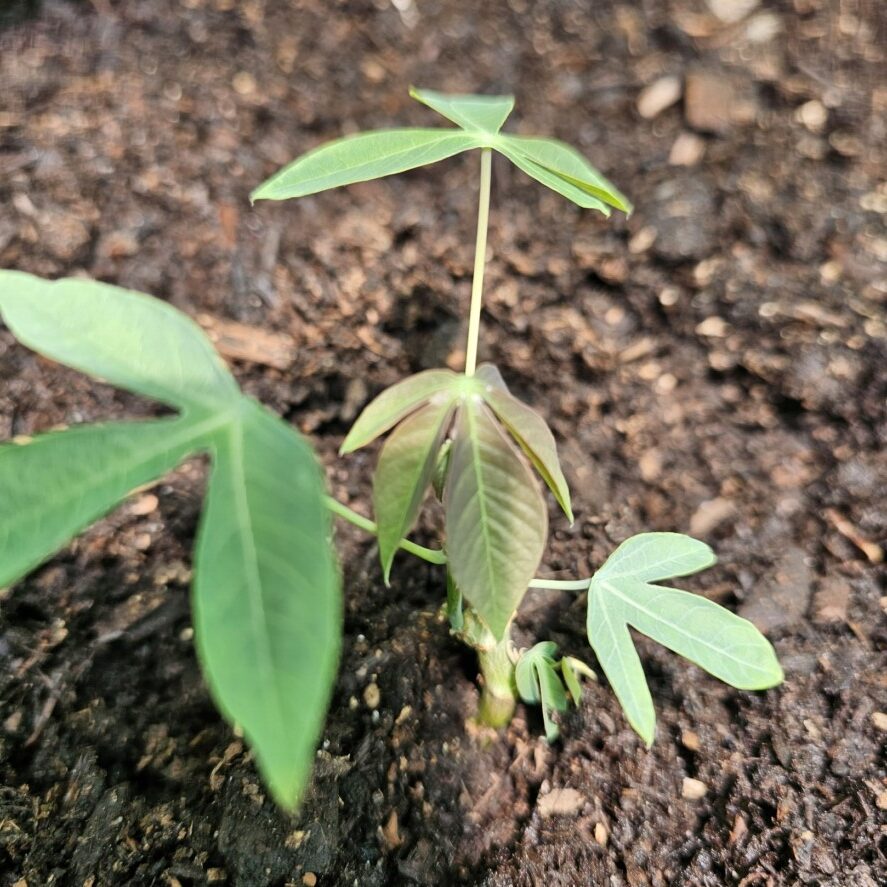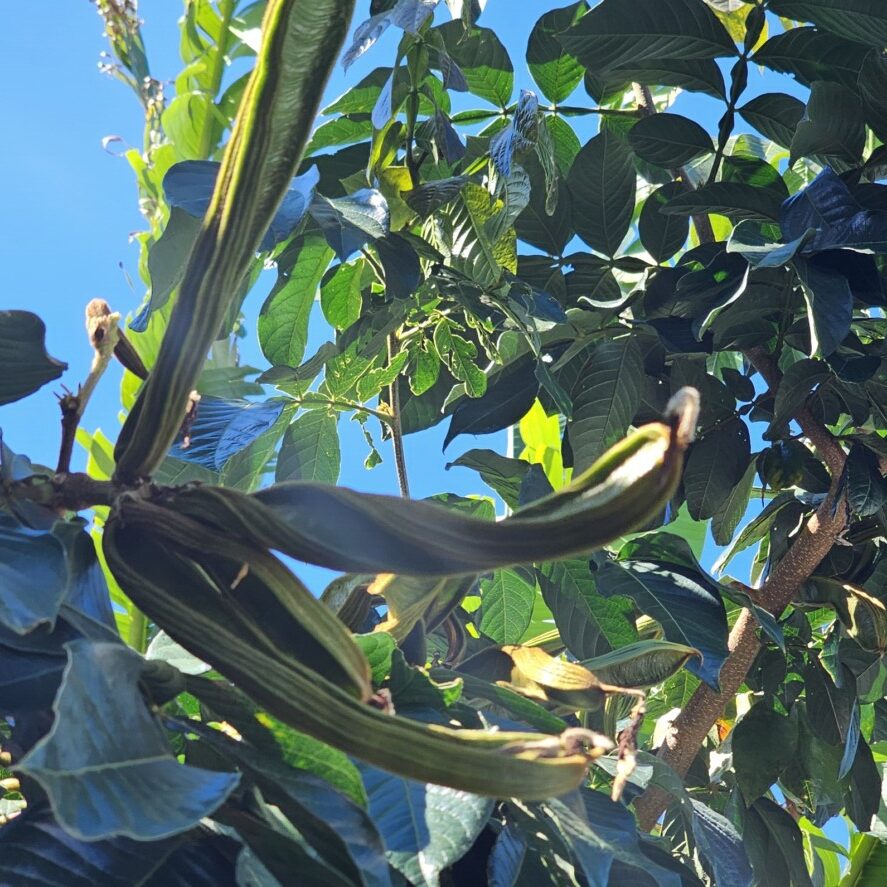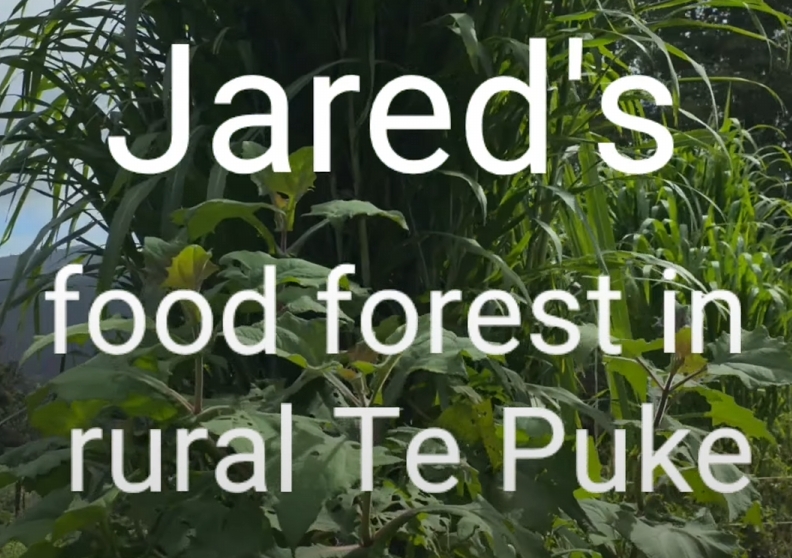-
Troppo Plant & Garden Articles
- Te Puke Region
- TROPPO’s Food Forest in Te Puke, BOP (www,foodforest.org.nz)
- Troppo’s Plant Collection
- TROPPO's Nursery Directory
- Food Forests of New Zealand (www.foodforests.nz)
- Nursery Map - Plant Suppliers of NZ Directory (www.nurserymap.nz)
- Kids Garden Corner
- New Zealand Garden Bird Survey
- New Zealand Garden Groups
- Delicious Recipes
Proposal for a Kai Resilience-Based Community Food Forest in Te Puke
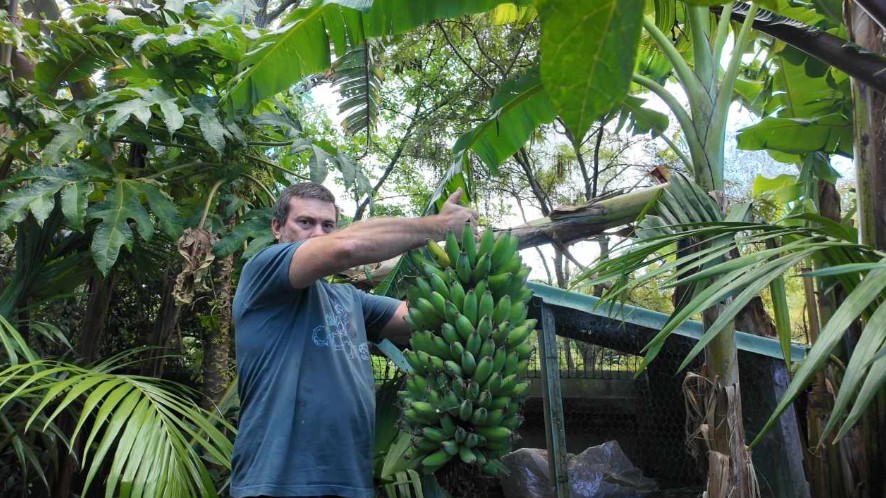
Submitted to: Te Puke Community Board
For Consideration by: Western Bay of Plenty District Council
Prepared by: [Stephen Fawcett/Vector Group Charitable Trust – Troppo]
Date: [20-02-2025]
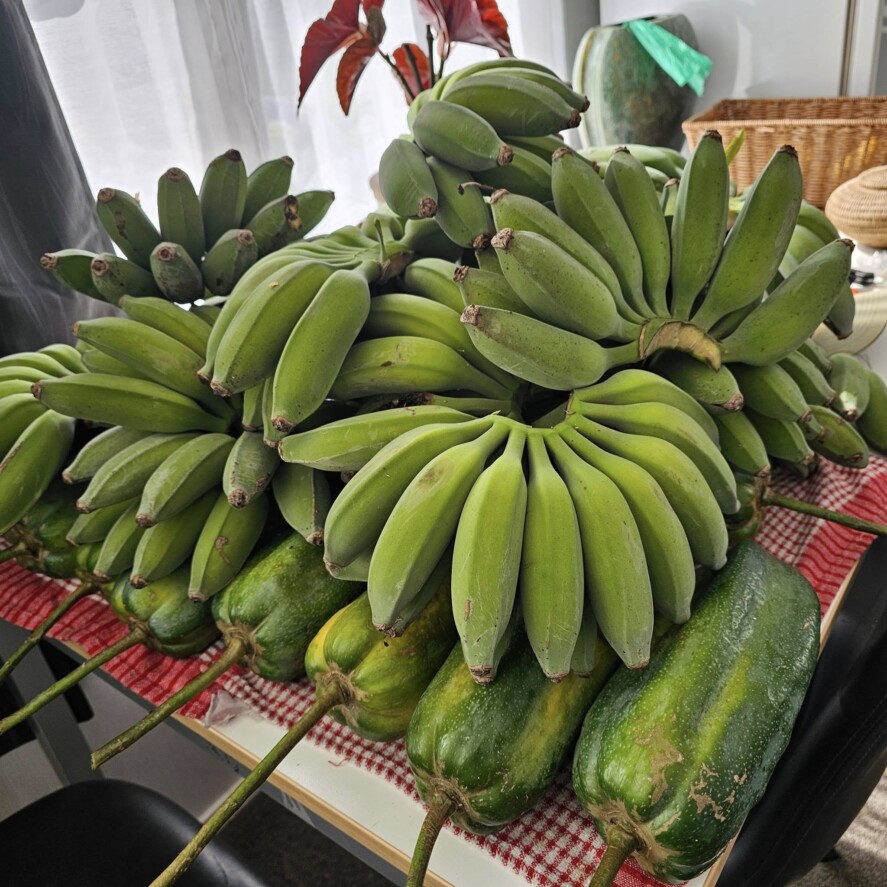
- Introduction
This proposal seeks the endorsement and support of the Te Puke Community Board and Western Bay of Plenty District Council for the establishment of a Kai Resilience-Based Community Food Forest in Te Puke. This initiative is designed to complement and enhance the existing community garden, promote food sovereignty, and provide an educational, sustainable food source for the community.
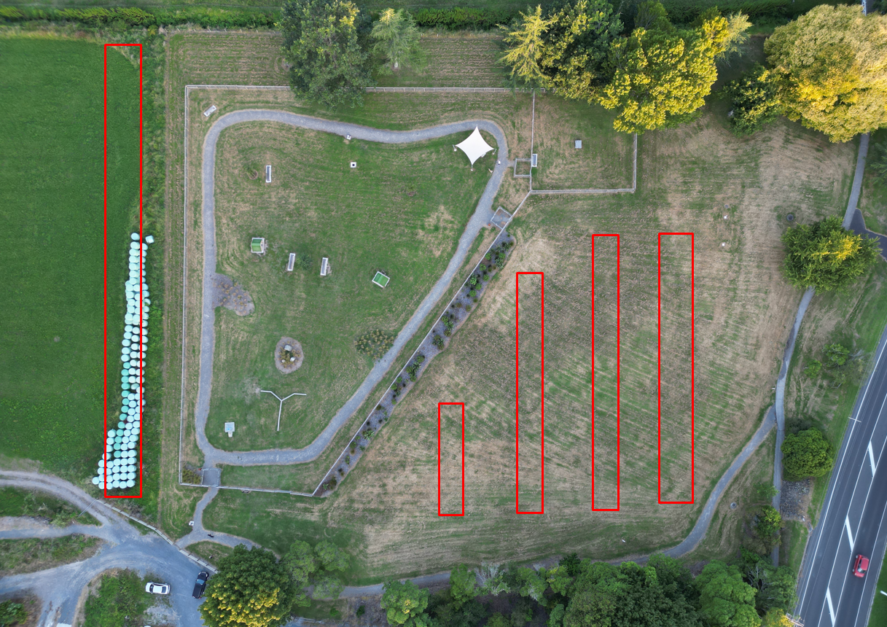
Proposed location ideas for the Te Puke community food forest
Food forests are a proven, self-sustaining model for food production, significantly reducing reliance on external food sources while fostering environmental sustainability and community engagement. This food forest will serve as an educational hub, a volunteer-driven initiative, and a local attraction, reinforcing Te Puke’s commitment to eco-friendly food systems and hands-on learning.
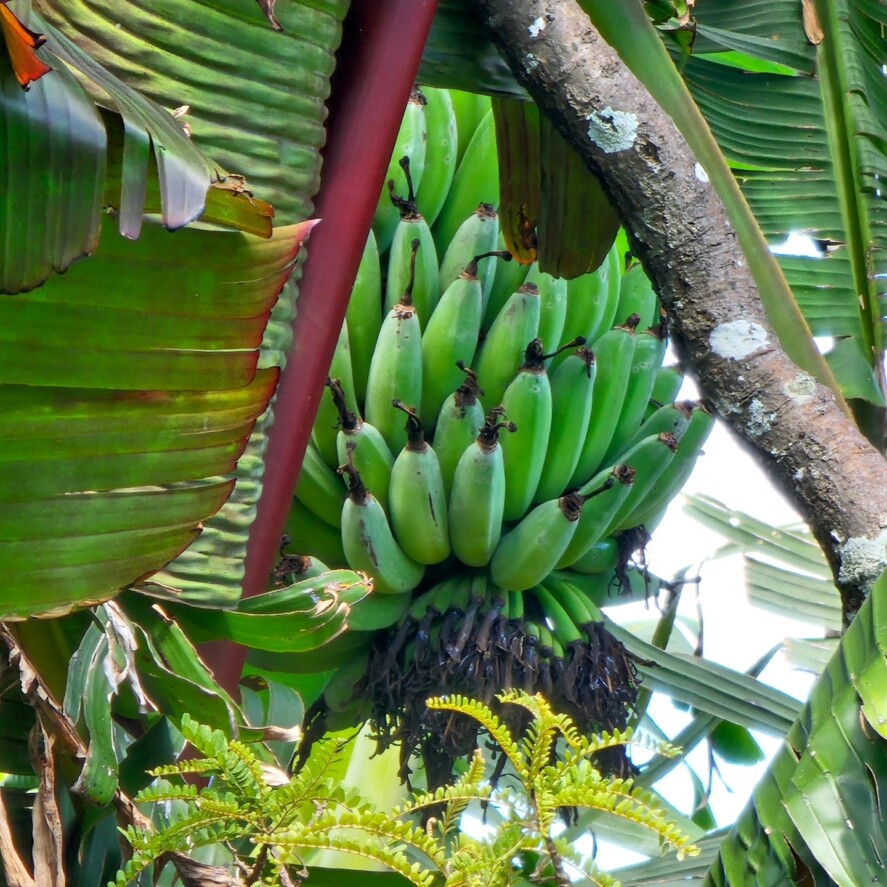
- Objectives & Benefits
- Increase Kai Resilience & Food Security: Establish a self-sustaining food forest that provides fresh, nutritious produce while supplying local food banks.
- Education & Schools Integration: Create an interactive learning space for students through a ‘Paddock to Plate’ program, where they learn about growing, harvesting, preparing, and consuming food.
- Skill Development & Sustainability Training: Offer workshops in marcotting, cloning, air layering, syntropic agroforestry, grafting, seed harvesting, and pollination techniques.
- Community Engagement & Volunteerism: Develop an inclusive, multi-stepped project that offers hands-on opportunities for community members to participate in planting, maintenance, and harvesting.
- Environmental & Ecological Benefits: Increase biodiversity, create wildlife habitats, and support Te Puke’s broader walkway and wetland restoration initiatives.
- Complement Existing Projects: Enhance and support the Te Puke Community Garden while taking inspiration from Troppo Food Forest on Clydesburn Ave, an exemplary tropical food forest by Vector Group Charitable Trust and Steve Fawcett, boasting over 300 plant species.
- Tourism & Local Attraction: Position the food forest as an eco-tourism and educational destination, offering guided tours and workshops.
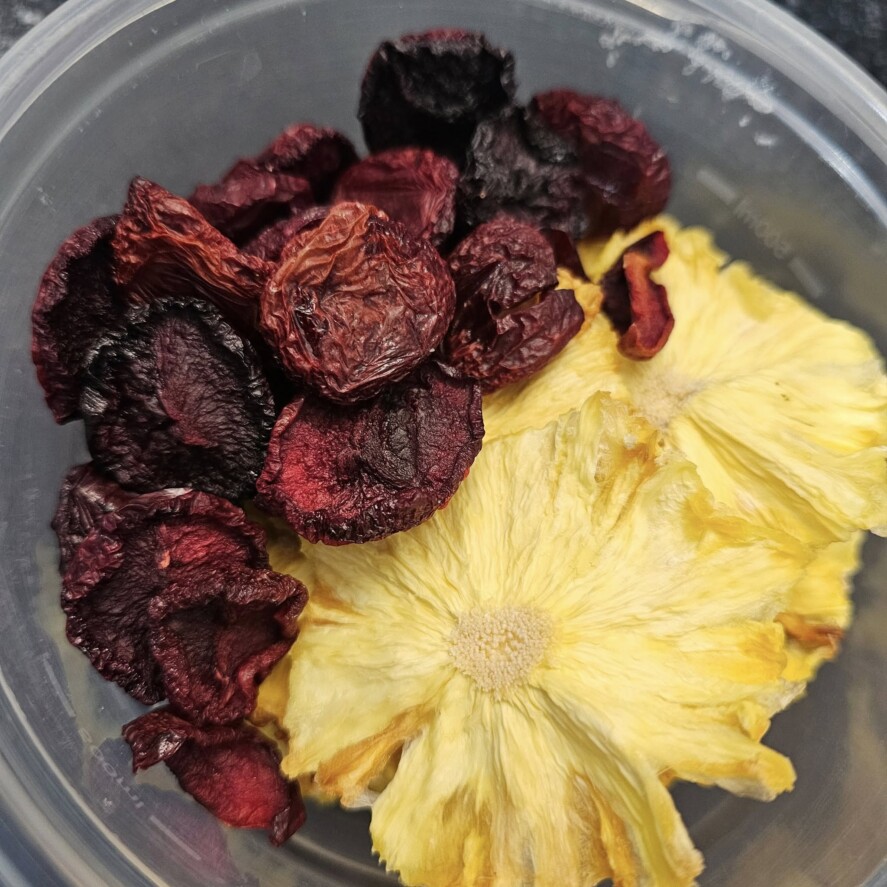
- Project Scope & Implementation Plan
The food forest will be developed in phases, ensuring progressive learning and engagement opportunities for community members and schools.
Phase 1: Planning & Site Preparation (1-2 months)
- Secure approval from the Te Puke Community Board & Western Bay of Plenty District Council.
- Confirm the location near the community garden, walkway, and wetland restoration project.
- Engage with schools, community members, and local volunteers to co-design the space.
- Begin initial plant propagation using available plant stock.
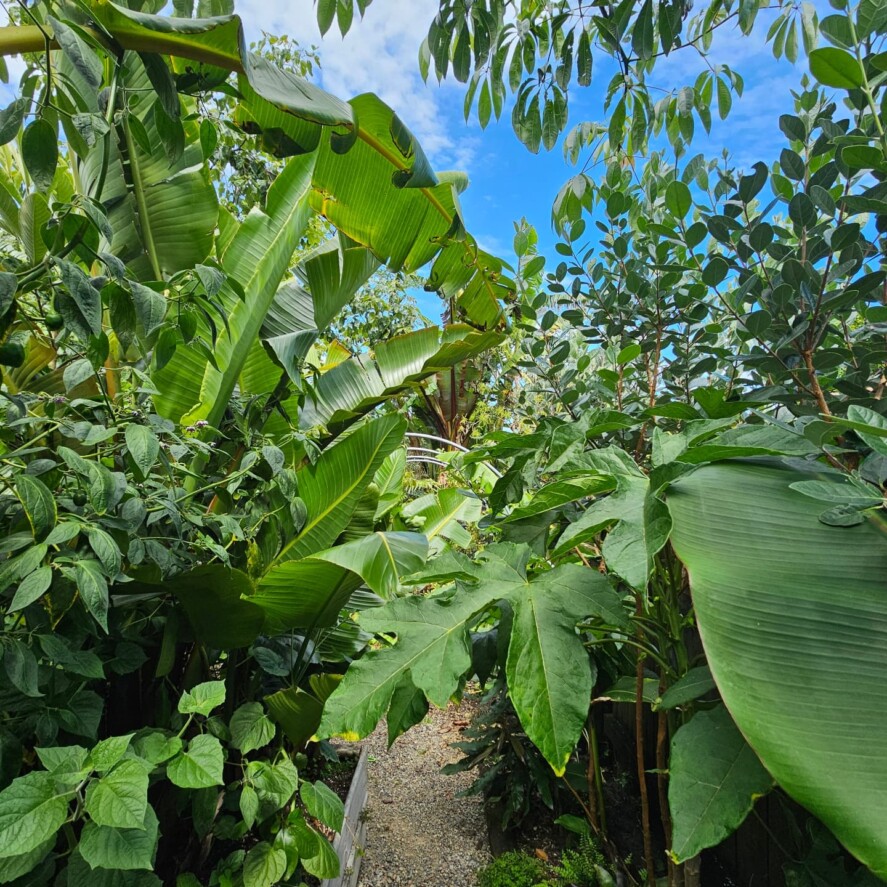
Phase 2: Installation & Educational Integration (3-6 months)
- Organize community planting days with expert-led training sessions.
- Establish layered plant systems using syntropic agroforestry principles.
- Introduce ‘Paddock to Plate’ school programs, teaching students about:
- The life cycle of food from planting to consumption.
- Permaculture principles and sustainable growing techniques.
- Healthy eating habits through food production.
- Conduct skill-building workshops on grafting, air layering, and permaculture.
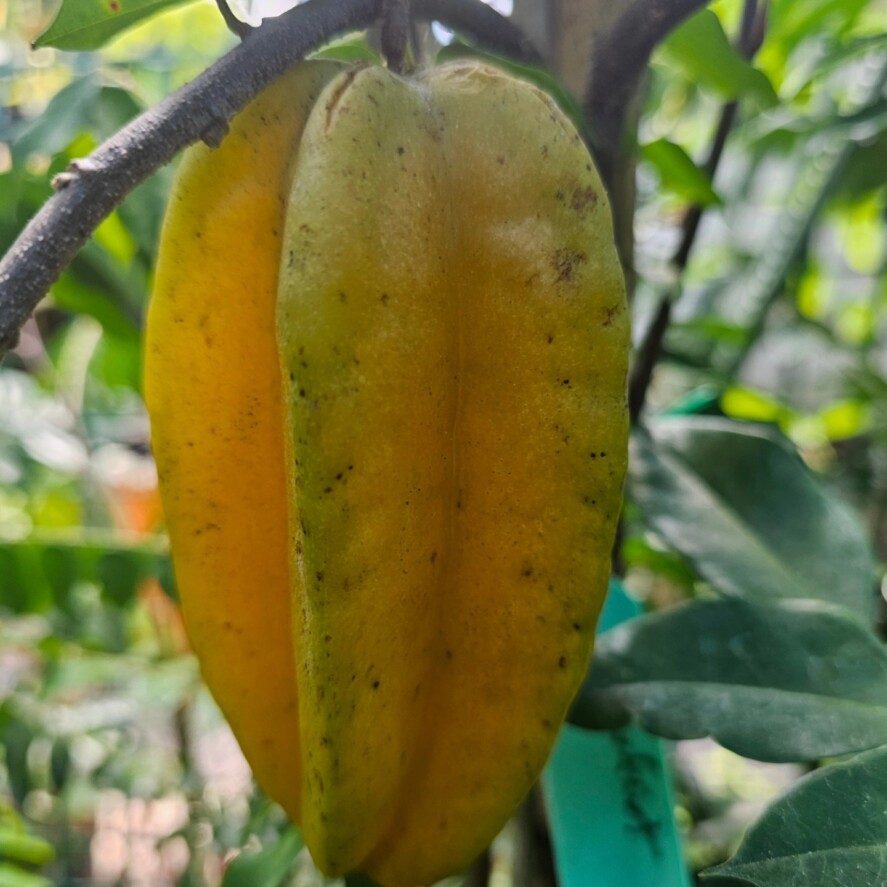
Phase 3: Maintenance, Growth & Community Integration (Ongoing)
- Implement self-sustaining management techniques.
- Develop volunteer opportunities, school partnerships, and guided tours.
- Establish agreements with food banks and local businesses for produce distribution.
- Expand the project based on community feedback and ecological monitoring.
- Education, Schools & Teaching Component
This food forest will serve as a living classroom, offering:
- Hands-on learning experiences for students to plant, grow, harvest, and cook food.
- Curriculum-aligned workshops covering science, ecology, sustainability, and food systems.
- Paddock to Plate programs connecting youth with food production, fostering healthier eating habits and appreciation for local food sources.
- Student-led projects, such as composting, permaculture design, and regenerative farming trials.
- Field trips and interactive signage with QR codes providing information on plant species, ecosystem benefits, and sustainable agriculture.
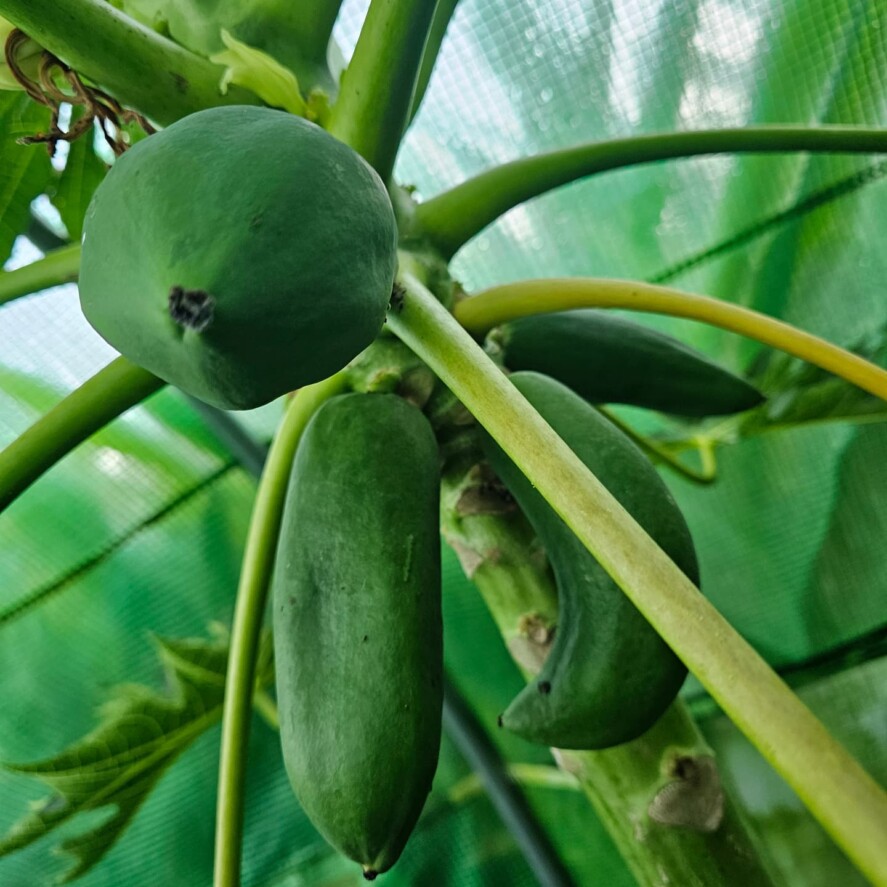
- Community & Stakeholder Collaboration
This initiative is collaborative and community-driven, involving:
- Te Puke Community Garden for shared knowledge and resources.
- Vector Group Charitable Trust & Troppo Food Forest experts for mentorship and technical guidance.
- Local schools & educators to integrate sustainable food systems into the curriculum.
- Western Bay of Plenty District Council for land allocation and infrastructure support.
- Volunteers, local businesses, and gardening groups for long-term maintenance and expansion.
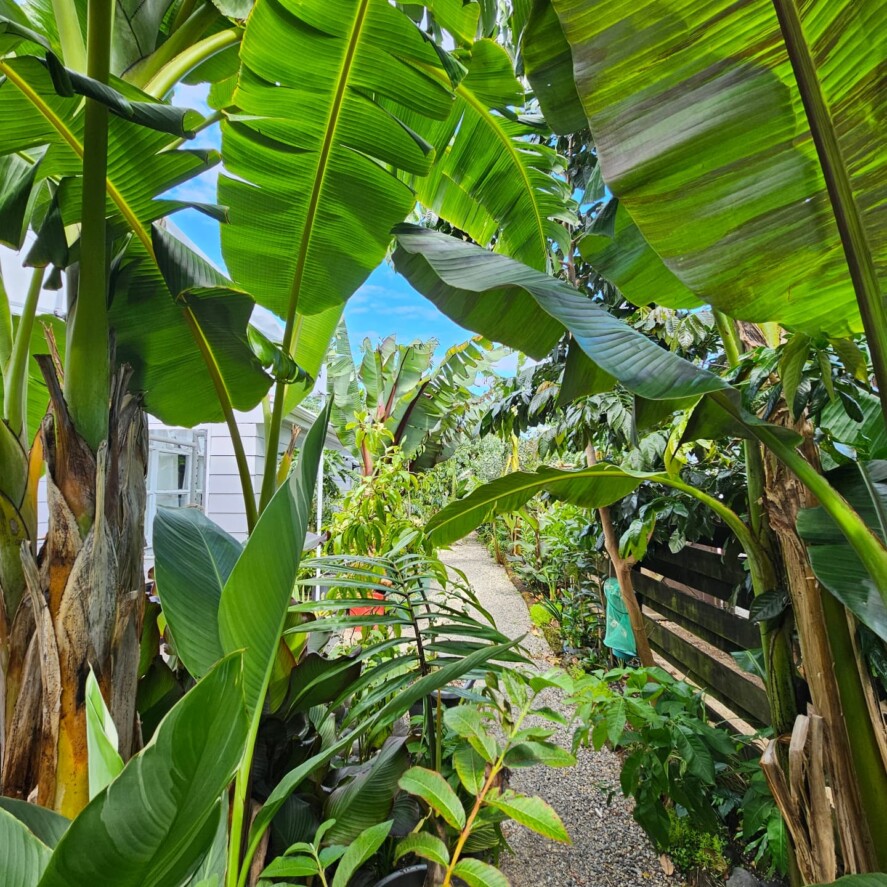
- Expected Outcomes & Long-Term Benefits
✅ Increased local food security – providing fresh, sustainable produce to the community.
✅ Enhanced biodiversity & eco-friendly land use – supporting native ecosystems.
✅ Stronger community involvement – fostering volunteerism and civic engagement.
✅ Education & skill-building – empowering youth and adults with practical horticultural knowledge.
✅ A recognized eco-tourism attraction – drawing visitors for educational tours and experiences.
✅ A self-sustaining food resource – benefiting food banks, schools, and local families.
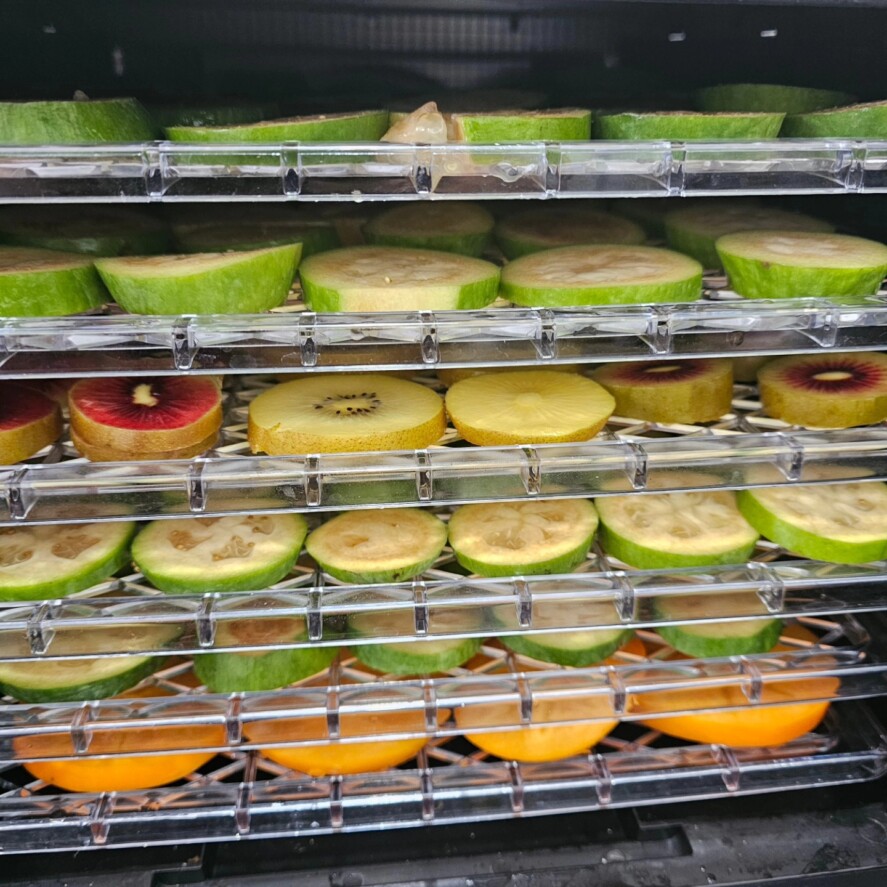
- Funding & Support Required
To successfully establish this food forest, we seek:
- Land allocation by the Western Bay of Plenty District Council.
- Funding for infrastructure (pathways, seating, signage, irrigation, educational materials).
- Sponsorships or grants for additional plant stock and equipment.
- School and business partnerships to enhance engagement and longevity.
- Volunteer recruitment programs to maintain and expand the initiative.
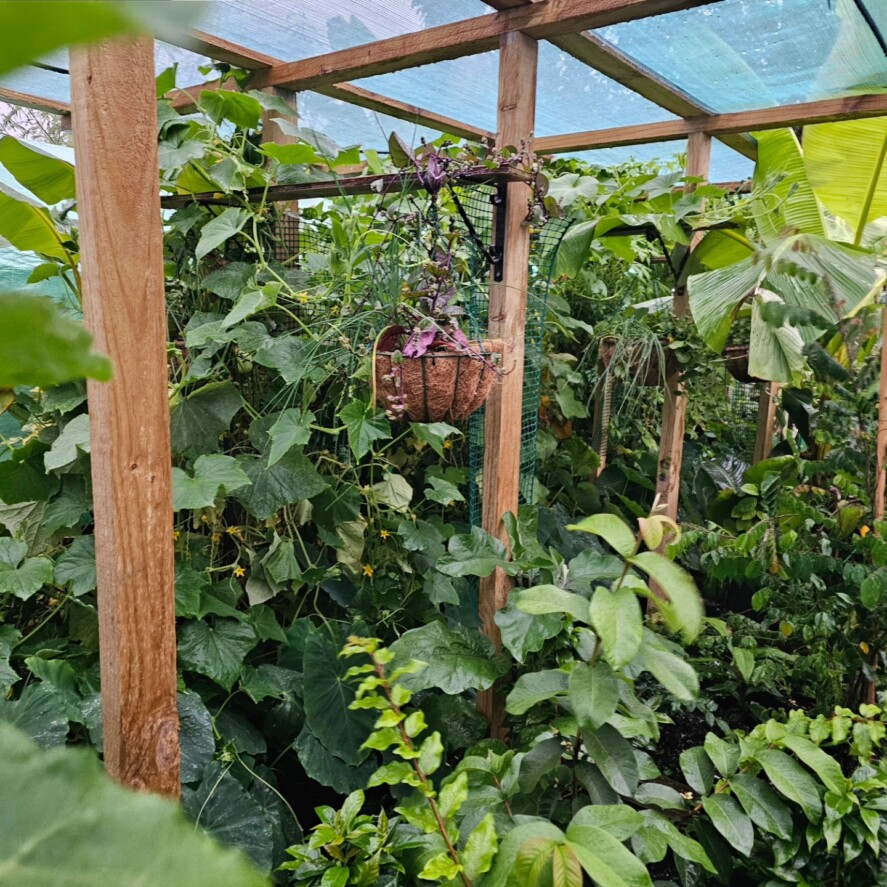
- Conclusion & Next Steps
The Kai Resilience-Based Community Food Forest presents a unique opportunity for Te Puke to champion food sovereignty, environmental sustainability, and community education. By leveraging local expertise, school partnerships, and available plant stock, this initiative can begin immediately upon site approval and funding confirmation.
We seek the endorsement of the Te Puke Community Board and the support of the Western Bay of Plenty District Council to bring this vision to life.
Next Steps:
- Formal approval and site confirmation.
- Stakeholder meetings to finalize design and partnerships.
- Initial planting and educational rollout with schools and volunteers.
- Ongoing maintenance and expansion based on community involvement.
We welcome the opportunity to discuss this proposal further and look forward to collaborating with the Te Puke community to establish a thriving, resilient food forest for generations to come.
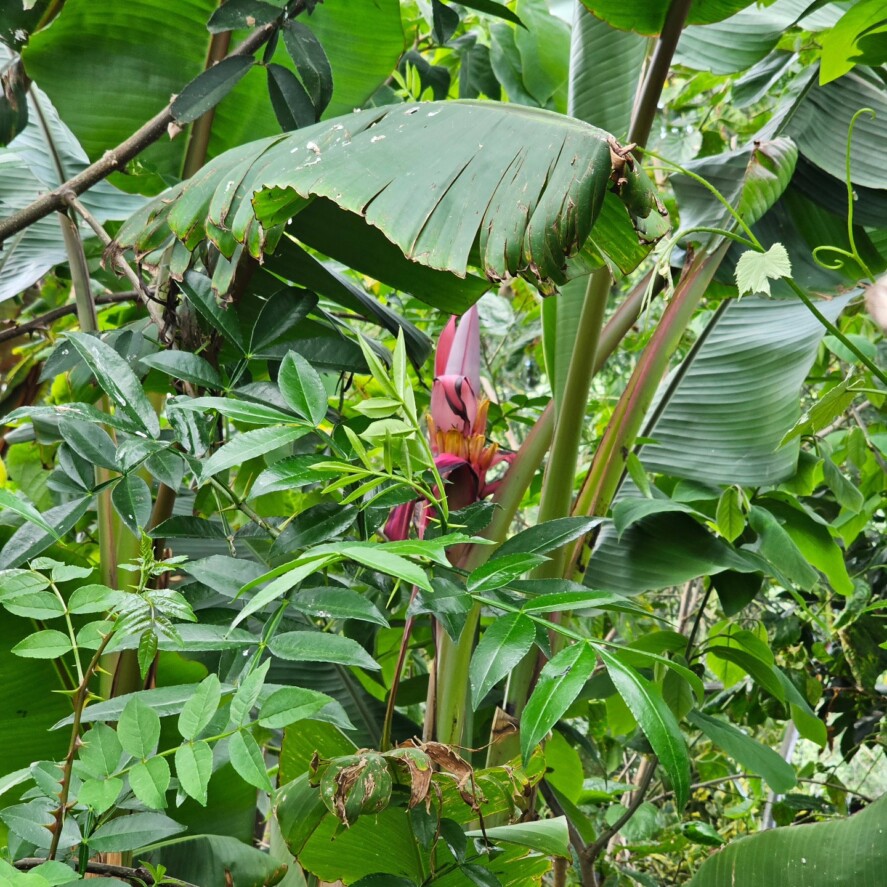
Prepared by: [Stephen Fawcett/Vector Group Charitable Trust – Troppo]
Contact Information: [steve@vectorgroup.org.nz / 0274144280]

